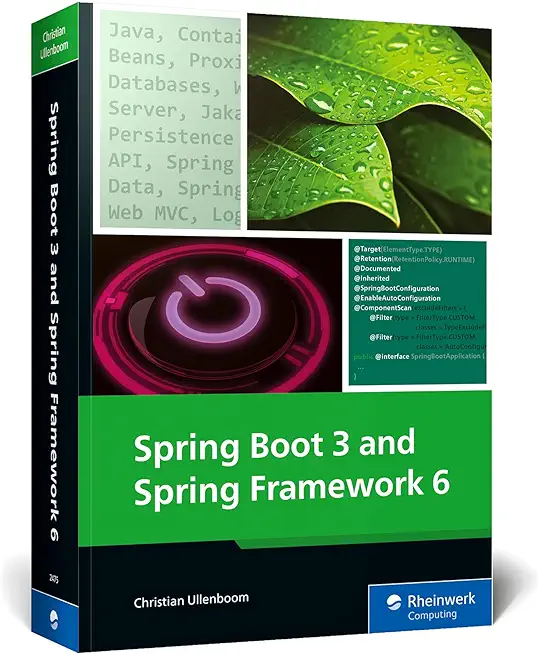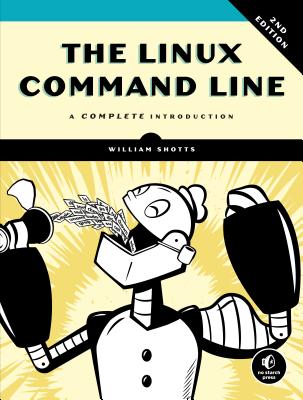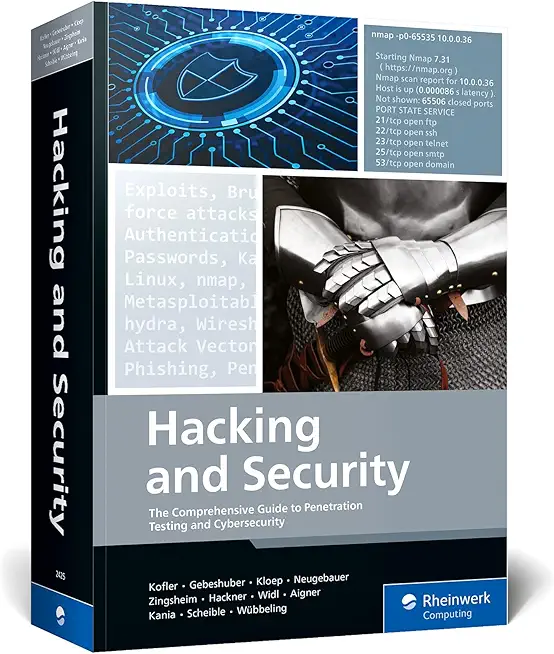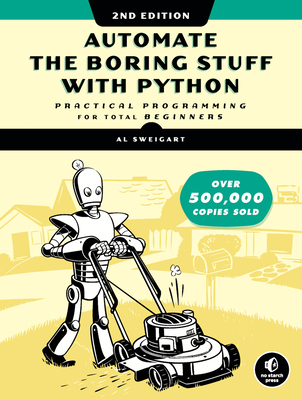Developing Linux Device Drivers (LFD430) Training in Eden Prairie
Enroll in or hire us to teach our Developing Linux Device Drivers (LFD430) class in Eden Prairie, Minnesota by calling us @303.377.6176. Like all HSG
classes, Developing Linux Device Drivers (LFD430) may be offered either onsite or via instructor led virtual training. Consider looking at our public training schedule to see if it
is scheduled: Public Training Classes
Provided there are enough attendees, Developing Linux Device Drivers (LFD430) may be taught at one of our local training facilities.
|
We offer private customized training for groups of 3 or more attendees.
|
||
Course Description |
||
| This course will teach you how to develop device drivers for Linux
systems, grounded with a basic familiarity and understanding of the
underlying Linux kernel. You will learn: The different kinds of device
drivers used in Linux ... The appropriate APIs through which devices
(both hardware and software) interface with the kernel. ... Necessary
modules and techniques for developing and debugging Linux drivers ...
And more.
Course Length: 4 Days
Course Tuition: $2800 (US) |
||
Prerequisites |
|
| Knowledge of basic kernel interfaces and methods such as how to write, compile, load and unload modules, use synchronization primitives, and the basics of memory allocation and management | |
Course Outline |
|
Introduction
Preliminaries
Device Drivers
Modules and Device Drivers
Memory Management and Allocation
Character Devices
Kernel Features
Transferring Between User and Kernel Space
Interrupts and Exceptions
Timing Measurements
Kernel Timers
ioctls
Unified Device Model and sysfs
Firmware
Sleeping and Wait Queues
Interrupt Handling: Deferrable Functions and User Drivers
Hardware I/O
PCI
Platform Drivers**
Device Trees**
Direct Memory Access (DMA)
Network Drivers I: Basics
Network Drivers II: Data Structures
Network Drivers III: Transmission and Reception
Network Drivers IV: Selected Topics
USB Drivers
Power Management
Block Drivers
** These sections may be considered in part or in whole as optional. They contain either background reference material, specialized topics, or advanced subjects. The instructor may choose to cover or not cover them depending on classroom experience and time constraints.
Close
|
Course Directory [training on all levels]
Technical Training Courses
Software engineer/architect, System Admin ... Welcome!
- .NET Classes
- Agile/Scrum Classes
- AI Classes
- Ajax Classes
- Android and iPhone Programming Classes
- Azure Classes
- Blaze Advisor Classes
- C Programming Classes
- C# Programming Classes
- C++ Programming Classes
- Cisco Classes
- Cloud Classes
- CompTIA Classes
- Crystal Reports Classes
- Data Classes
- Design Patterns Classes
- DevOps Classes
- Foundations of Web Design & Web Authoring Classes
- Git, Jira, Wicket, Gradle, Tableau Classes
- IBM Classes
- Java Programming Classes
- JBoss Administration Classes
- JUnit, TDD, CPTC, Web Penetration Classes
- Linux Unix Classes
- Machine Learning Classes
- Microsoft Classes
- Microsoft Development Classes
- Microsoft SQL Server Classes
- Microsoft Team Foundation Server Classes
- Microsoft Windows Server Classes
- Oracle, MySQL, Cassandra, Hadoop Database Classes
- Perl Programming Classes
- Python Programming Classes
- Ruby Programming Classes
- SAS Classes
- Security Classes
- SharePoint Classes
- SOA Classes
- Tcl, Awk, Bash, Shell Classes
- UML Classes
- VMWare Classes
- Web Development Classes
- Web Services Classes
- Weblogic Administration Classes
- XML Classes
Business Training Courses
Project Managers, Business Analysts, Paralegals ... Welcome!
Upcoming Classes
Gain insight and ideas from students with different perspectives and experiences.
Linux Unix Uses & Stats
Linux Unix is Used For:
Desktop
Mainframe Computers
Mobile Devices
Embedded Devices
|
Difficulty
|
Popularity
|
Year Created 1991/1971 |
|
Pros
Performance:
Linux supports many efficient tools and operates them seamlessly. Because it's architecture is lightweight it runs faster than both Windows 8.1 and 10.
Security:
Because Linux is an open-source software, anyone can contribute code to help enhance the users’ experience i.e., adding features, fixing bugs, reducing security risks, and more.
Software Development:
The terminal in Linux is a *wild card*. You can do almost anything with it. This includes software installation, application and server configurations, file system management, and etc.
Large-scale:
Open-source projects benefit from having an attentive community. As a result, Linux is more secure than Windows. Instead of installing anti viruses to clean malware, you just have to stick to the recommended repositories.
Efficient:
Developers have the convenience of running servers, training machine learning models, accessing remote machines, and compiling and running scripts from the same terminal window.
Free:
Linux is free (you can put it on as many systems as you like) and you can change it to suit your needs.
|
Cons
Learning Curve:
Linux is not for everyone, there is a learning curve in switching to Ubuntu. To actually learn Linux efficiently would take a user one to several years.
No Tech Support:
Unlike Windows, there isn’t a dedicated tech support, so getting help for things is up to you.
Designer Compatabilty:
Linux is not as user friendly as Windows or as ‘straight out of the box design’ As an example for design choices, Adobe hasn’t released any of its products to Linux users. So it’s impossible to run them directly. The Ubuntu alternative is a free software called GIMP.
Gaming Capabilities:
Most games aren’t available in Linux. But that’s not to say you can’t make it happen, it's just not as easy.
|
| Linux Unix Job Market |

Average Salary
|

Job Count
|

Top Job Locations
New York City |
|
Complimentary Skills to have along with Linux Unix
The following are types of jobs that may require Linux skills. The top 15 job titles on Dice.com that mention Linux in their postings are:
- DevOps Engineer
- Software Engineer - Java Developer - Systems Engineer - Systems Administrator - Senior Software Engineer - Network Engineer - Python Developer - Linux Systems Administrator - Software Developer - System Administrator - Linux Administrator - Linux Engineer - Senior Java Developer - C++ Developer |






